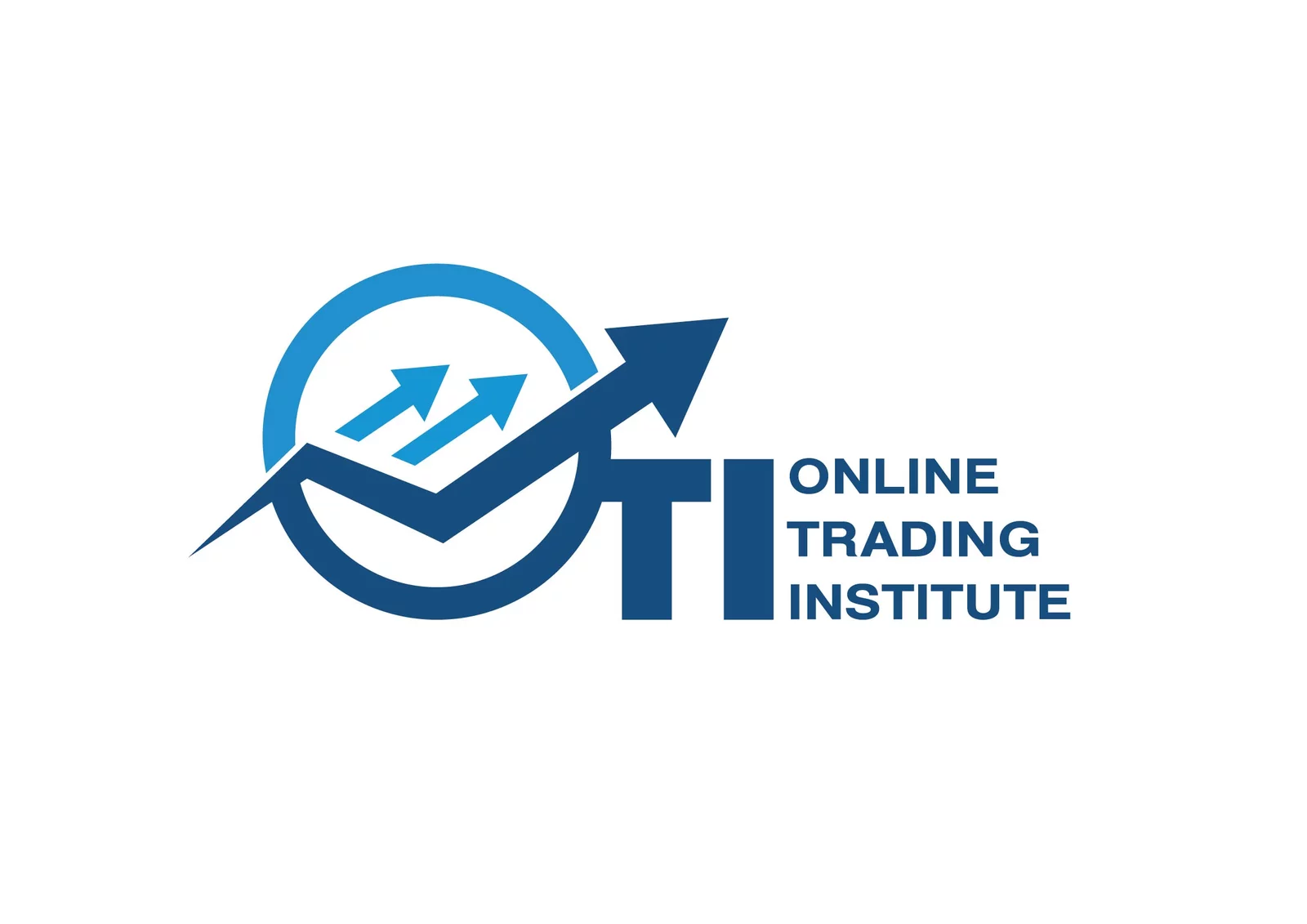
Indian auto parts stocks rally after US President Donald Trump signals relief on tariff hike – what it means for markets and your trades?
India’s leading auto component exporters, Samvardhana Motherson and Sona BLW, jumped up to 3% in early trading on Tuesday. The rally comes as the U.S. hints at reconsidering its steep proposed tariffs on imported auto parts, easing the global tension around trade policy. This shift, driven by comments from U.S. President Donald Trump, suggests a softer stance on the earlier plan to impose a 25% import duty effective May 3.
Why the US May Soften Its Tariff Plans?
President Trump recently indicated that he may scale back the planned duties on overseas auto components. The intent? To support American carmakers and their suppliers by avoiding cost inflation on essential imports. If these duties were implemented as planned, U.S.-based manufacturers—many of whom rely on globally sourced parts—would have faced significant input cost pressure.
That’s not just a domestic issue; it has ripple effects across India’s thriving auto components sector, which has built strong export relationships, especially with North American production hubs like Mexico.
Indian Auto Ancillaries: Relief Rally or Reversal?
The relief in tariff pressure has sparked a fresh rally in Indian auto ancillary stocks, which had seen correction earlier this year. Notably, Sona BLW has dropped 21% YTD, and Samvardhana Motherson is down 12%, largely due to fears about weakening global demand and rising trade barriers.
This recovery suggests renewed investor confidence, with traders sensing a reversal in the downward trend—especially as the U.S. softens its stance. According to Elara Securities, exports from India to Mexico for U.S.-bound auto assembly are valued at around $656 million, forming 3% of total Indian auto component exports.
Given the export-dependent nature of these businesses, any de-escalation in U.S. trade barriers presents a real opportunity. Long-term investors may view this as a chance to accumulate quality stocks at a discount, especially in a globally connected sector like auto components.
What’s Next for Traders and Long-Term Investors?
This development serves as a reminder of how global policy moves can affect Indian stocks. For traders, this relief rally may offer short-term breakout setups, while long-term investors might use this clarity to build positions in fundamentally strong auto exporters.
As global uncertainty eases, especially on tariff policies, expect volatility to drop and volume to return in these counters. But keep an eye out—policy decisions can flip overnight, and staying updated is key.
Disclaimer: The views and investment insights provided here are based on publicly available information and do not constitute financial advice. Readers are advised to conduct their own research or consult certified financial experts before making investment decisions.
